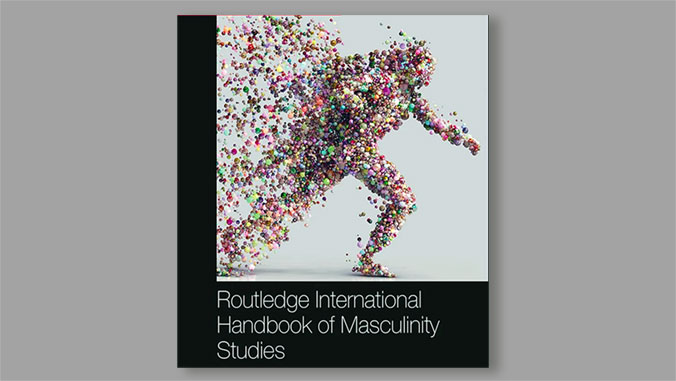
The University of Hawaiʻi at Mānoa’s College of Tropical Agriculture and Human Resources (CTAHR) helps display that men are and have been fashion forward throughout history through contributions in a new book highlighting masculine clothing.
“Most fashion and dress scholarship has focused on women, with a popular assumption that men aren’t as attuned to clothing as women,” said Professor Andy Reilly of CTAHR’s Fashion Design and Merchandising program. “Of course, this is objectively false.”
To help prove this, Reilly and co-author Jose Blanco F. wrote a chapter for the book, Routledge Handbook of Masculinities Studies, discussing how the academic field and publications on clothing and dress among men is growing. The chapter highlights the role and meaning of clothes to men in creating cultural, social and psychological identity, as well as gender, ethnic and sexual influences.

“Men have used clothing to create different identities. For example, the business suit is probably one of the most recognized clothing items for the ‘career man,’” added Reilly. “Euro-American men’s dress changed from excess and exuberance during what has become known as the Great Masculine Renunciation of the 18th century, when plain dress took over as a sign of seriousness and business. Yet, that is a very white, heterosexual, cisgender ideal. Other cultures and groups have their own conceptions of masculinity, such as the ‘Black is Beautiful’ movement of the 1960s, where African-American men wore clothing from or inspired by Africa, and genderless styles we see today.”

